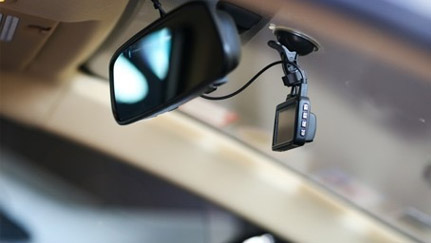Subscribe to our newsletter for timely content in your inbox

Video evidence provided by dashcams is the best evidence to accurately document accidents and determine liability. This article will help you determine which system is best for your business.
The use of dashcams has become a best practice for managing the risks associated with operating a fleet. Video evidence provided by dashcams is now the standard for accurately documenting accidents and helping to determine liability. More advanced camera systems can also identify unsafe driving behavior, allowing organizations to manage driver performance, increasing safety and efficiency. This article discusses the two primary dashcam types and provides links to other resources to assist you in the selection and implementation of a successful dashcam program.
Stand-alone dashcams are connected to a power source in the vehicle but do not have any other connections. Forward-facing cameras are standard, and many have dual lenses: forward and driver facing. More advanced systems can add remote side- or rear-facing cameras.
The primary value of these dashcams is determining what happened and who is at fault in an accident. Without video evidence, an organization must rely on often conflicting or inconsistent statements from their driver, the other driver and witnesses.
Quality stand-alone cameras range from $100 to $350.
Telematics based dashcam systems provide accident documentation but also provide a host of other safety management related services. The telematics capabilities allow for tracking and scoring of unsafe driving events such as speeding, harsh braking, harsh acceleration and harsh cornering. Video of these events are captured and saved for review and coaching of the driver.
More advanced cameras incorporate artificial intelligence (AI) capabilities. These “smart cameras” can identify unsafe driving behavior such as cell phone use, other distractions, fatigue, seatbelt use, following to close, rolling through stop signs to name a few.
Telematics-based cameras range from $300 to $600 and have a $20 to $40 monthly monitoring fee per unit.
The following resources can assist you in selecting the right dashcam solution and successful implementation of the solution.